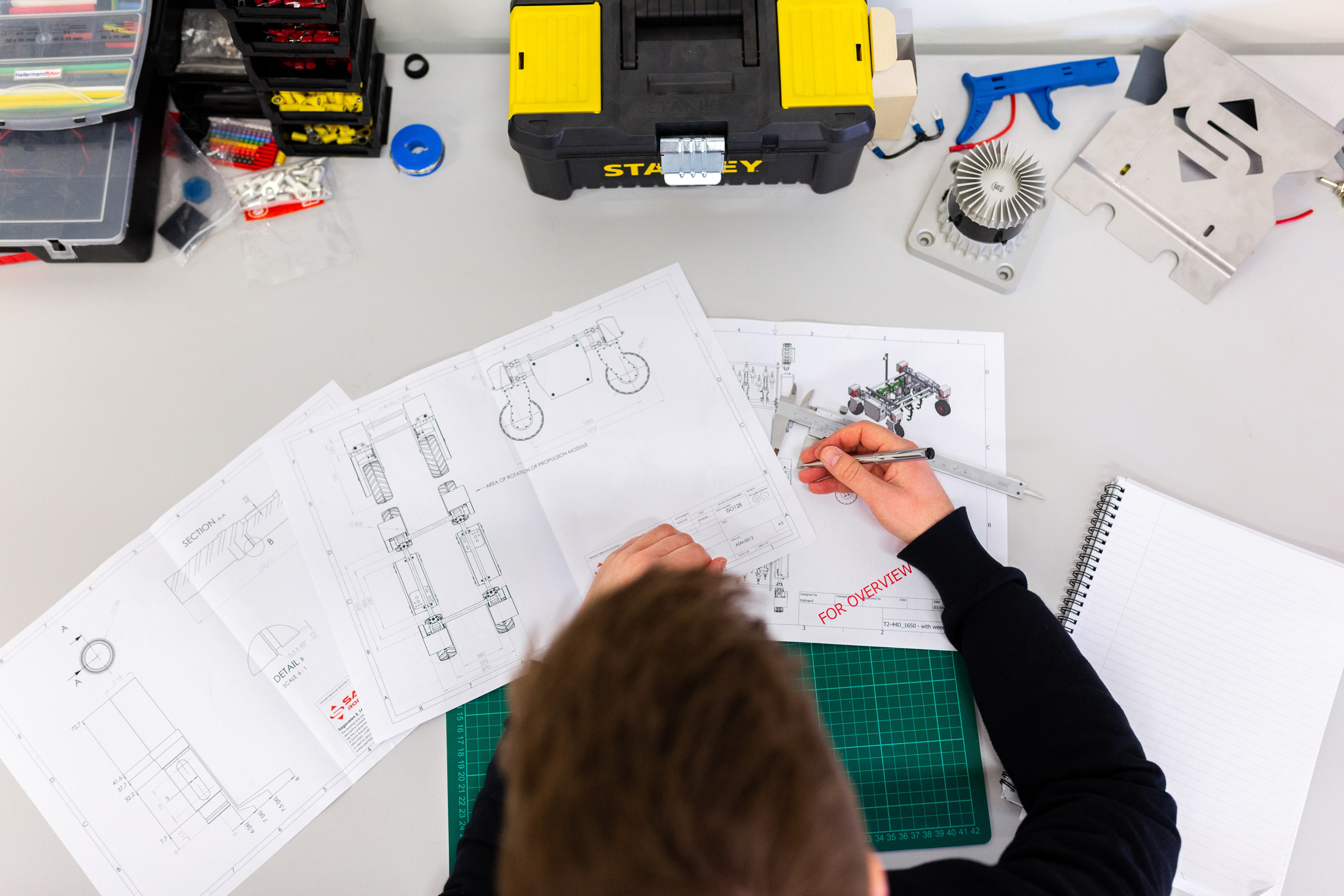You’re familiar with the complaints of IVR – whether the menus don’t make sense, it’s difficult to understand, or worse, they can’t understand you. However, there may be solutions over the horizon. Smartphones are creating ways for IVR to become a much more functional tool. An article from Enterprise Apps Today was recently posted regarding just that. A summary is below:
IVR is a self-service technology customers love to hate. But visual IVR on smartphones and other mobile devices can improve IVR’s image.
A 2012 poll found that 80% of consumers would cease doing business with a company following a bad experience with an IVR system. But growing use of smartphones may give IVR a shot in the arm.
Traditional IVR’s audio nature was the problem, limiting its usefulness and making it a sometimes-frustrating self-service experience, said Steve Morrell, founder and principal analyst of ContactBabel, an analyst firm for the contact center industry.
Smartphones and other mobile devices like tablets, however, give companies the option of offering visual representations of their IVR menus. This can greatly improve the customer experience, Morrell said, because most people find it far quicker to read text than to listen to it being spoken.
IVR Improvement: Seeing Is Believing
“Some studies show that a caller can navigate a visual IVR menu between four and five times quicker than a DTMF (dual-tone multi-frequency) IVR menu, so the customer experience is improved without sacrificing any functionality or options,” he said. “Furthermore, visual IVR can be used to send video presentations while waiting for an agent, for educational or marketing purposes, or to answer the self-service requirement by, for example, pushing a relevant YouTube clip in order to show the caller how to do something.”
Visual IVR requires only fairly minor tweaks of self-service technology, Morrell said, so it is a relatively inexpensive undertaking. That is good news for companies that have made big investments in traditional IVR and are not yet ready to retire those systems.
“Visual IVR menu systems integrate with existing DTMF structures and reuse the same VoiceXML scripts, meaning that any changes made to the existing DTMF IVR system will be automatically replicated regardless of channel or device,” he explained.
Visual IVR also helps keep customer service costs down because self-service IVR is less expensive than interactions that require input from live agents. ContactBabel found the average cost of a self-service IVR session is 98 cents (in 2011, the last time it produced this statistic) vs. $7.76 for a phone call with a contact center agent, $3.37 for an agent email and $3.52 for a Web chat session.
Another advantage to visual IVR, Morrell said, is that companies can use it to develop value-added applications for their customers, rather than simply providing a visual representation of existing IVR menus.
Real Live Contact Center Agents
Visual IVR is not the only way smartphones may help companies improve their customer experience. Emerging technologies also give companies the ability to tie mobile channels like smartphones and tablets more closely to their existing voice and online customer support channels. A key way to do this, Morrell noted, is to make it easier for customers to access live agents.
“The movement between self-service and live service is currently very difficult for many customers and actually may involve abandoning the mobile channel entirely as a failure in order to start afresh with another channel,” he said. “As the customer has chosen originally to use a mobile channel, even a successful outcome with another channel will risk leaving the customer dissatisfied with the company, and less likely to use the mobile channel in the future.”
Also, he said, companies could underestimate the incidence of cross-channel interaction failures if they are unaware that a failed mobile session led customers to initiate contact through another channel.
Other options for improving customer experience include SMS and outbound calling that help companies deliver proactive customer service through the mobile channel and location-specific device information that allows companies to deliver timely service and relevant marketing messages geared to a customer’s location.
“The inherent capabilities of the mobile device offer businesses huge opportunities to impress their customers,” Morrell said.
Outsource Consultants are call center experts with over 25 years of outsourcing industry experience that have spent thousands of hours vetting and analyzing the strengths and specializations of the industry-leading outsource call center vendors. If you’re considering call center outsourcing, simply call 888-766-4482 or request a free call center cost proposal today and we’ll help you find the solution that best fits your exact requirements.






